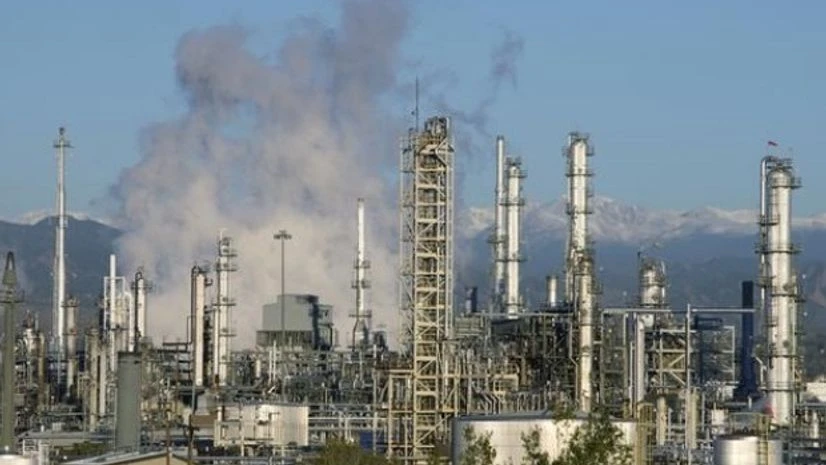Oil prices have fallen by a third since June as increasing production in North America from shale oil has overwhelmed demand at a time of sluggish global economic growth.
Ministers from the Organization of the Petroleum Exporting Countries were unlikely to agree a production cut at their meeting in Vienna on Thursday, sources close to the cartel said.
"The consensus is increasing that they will not provide any significant cut in this meeting," said Olivier Jakob, oil market analyst at Petromatrix in Zug, Switzerland.
Benchmark Brent futures were down by $1.60 at $76.15 a barrel by 0945 GMT, up from a 50-month low of $75.48 earlier in the session. U.S. crude also lost more than $1 to a session low of $71.89, and was last down $1.30 at $72.39.
Iraqi oil minister Abel Abdel Mehdi said on Thursday he saw a floor for oil prices at between $65 and $70 a barrel.
Also Read
Some fund managers have said oil prices could slide to $60 per barrel if OPEC does not agree to a significant output cut.
Reuters analyst Wang Tao said he expected U.S. oil to drop to $63.85 per barrel over the next four weeks.
The U.S. Thanksgiving holiday on Thursday meant all financial markets saw lower liquidity, and hence the chance of higher volatility, Jakob said.
Rising U.S. shale oil production as well as increasing Chinese and U.S. oil stocks have boosted available supplies and also weighed on crude values, analysts say.
Consultancy Energy Aspects said that U.S. crude output averaged 8.86 million barrels per day in September, 1.12 million barrels more than in the same month last year, noting that this was "the fastest monthly growth since April".
Crude inventories in the United States rose by 1.9 million barrels in the week that ended Nov. 21, according to the U.S. Energy Information Administration, about four times analysts' expectations for an increase of 467,000 barrels.

)
